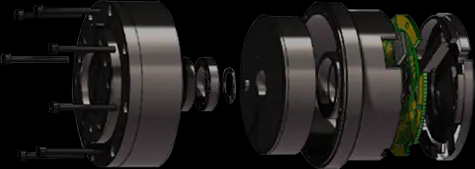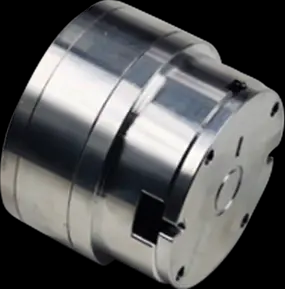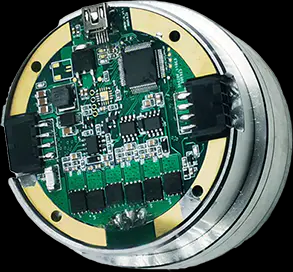China
Articulated robots, also known as articulated arm robots or articulated mechanical arms, are one of the most common forms of robots today. They are used in a wide range of automated mechanical devices and can be seen in industrial manufacturing, medical treatment, entertainment services, military, semiconductor manufacturing, and space exploration. Although their forms are different, they all have a common feature, which is that they can accept instructions and accurately locate a point in three-dimensional (or two-dimensional) space to perform operations.
Common articulated robots include collaborative robots (six-axis, seven-axis), exoskeleton robots, quadrupeds, bipeds, surgical robots, etc. The current mainstream articulated robots all adopt the "modular" joint design and adopt the direct drive motor + reducer method. The internal structure of each joint is basically the same, but the size is different. It is basically composed of torque motors, encoders, reducers, controllers, etc., and some are also equipped with brakes and torque sensors. The product application fields are different, and the product solutions are also different, so the devices are also diverse.

1. Reduction torque motor torque motor is a special motor with a large number of poles. It can continue to operate when the motor is at low speed or even blocked (that is, the rotor cannot rotate) without causing damage to the motor. In this working mode, the motor can provide stable torque to the load (hence the name torque motor). Reduced torque motor The torque motor with reducer is an integration of reducer and torque motor. It has the advantages of low energy consumption, superior performance, high efficiency of reducer; small vibration, low noise; long service life and easy maintenance.

2. Encoder The encoder is a device that compiles and converts signals or data into signal forms that can be used for communication, transmission and storage. The encoder converts angular displacement or linear displacement into electrical signals. The former is called a code disk and the latter is called a yardstick. Encoders can be divided into two types according to their working principles: incremental and absolute. Incremental encoders convert displacement into periodic electrical signals, and then convert this electrical signal into counting pulses, using the number of pulses to represent the size of the displacement. Each position of the absolute encoder corresponds to a certain digital code, so its indication is only related to the starting and ending positions of the measurement, but not to the intermediate process of the measurement.

3. Controller The controller is a main command device that changes the wiring of the main circuit or control circuit and the voltage value in the circuit in a predetermined order to control the start, speed regulation, braking and reversal of the motor. It is composed of a program counter, an instruction register, an instruction decoder, a timing generator and an operation controller. It is the "decision-making body" that issues commands, that is, it coordinates and directs the operation of the entire robot joint. The main functions include data buffering, error control, data exchange, status description, and receiving and identifying commands.


